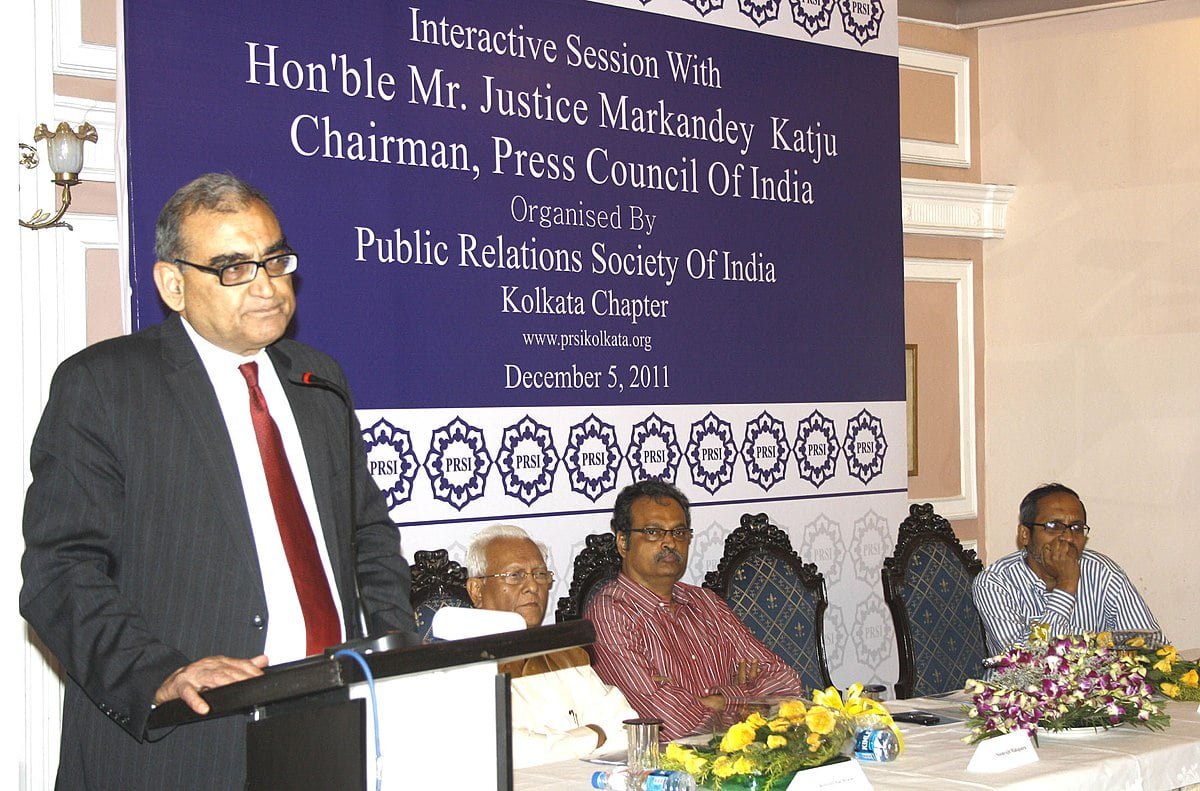Textile manufacturing technology has a rich history spanning thousands of years, and its evolution has played a crucial role in the development of human civilization. From ancient times to the present day, the textile industry has been an important contributor to the global economy, providing essential goods such as clothing, bedding, and household textiles.
The early stages of textile manufacturing were primarily carried out by hand, with techniques such as hand spinning and weaving. However, with the advent of the Industrial Revolution in the 18th century, textile manufacturing underwent a revolution of its own, with the introduction of new machinery and processes that greatly increased efficiency and productivity.
Since then, the textile industry has continued to evolve, with innovations such as computerized machinery and sustainable manufacturing practices. In this article, we will explore the history of textile manufacturing technology, from its early beginnings to the present day, as well as potential future developments that may shape the industry.
Pre-Industrial Revolution
Before the Industrial Revolution, textile manufacturing was primarily done by hand using techniques such as hand spinning and weaving. Hand spinning involved taking raw fibers, such as cotton or wool, and using a spindle to twist them into thread. Weaving involved interlacing threads on a loom to create a fabric.
In the late middle Ages, the spinning wheel was invented, which greatly improved the efficiency of hand spinning. The spinning wheel allowed for faster production of thread, which in turn made weaving more efficient.
The development of the handloom in the 18th century also greatly improved the efficiency of weaving. The handloom allowed for the creation of larger and more complex fabrics, which were previously impossible to make by hand.
Despite these advancements, textile production remained a slow and labour-intensive process before the Industrial Revolution, and it was mostly done in people’s homes. The demand for textiles was high, but production was limited by the slow speed of hand spinning and weaving.
The pre-Industrial Revolution period was also marked by the growth of the textile trade and the expansion of cotton production in the American colonies. However, the production of cotton was hindered by the difficulty of removing the seeds from the cotton fibers, a problem that was solved by the invention of the cotton gin by Eli Whitney in 1793. The cotton gin greatly increased the efficiency of cotton production, making it one of the most important cash crops in the world.
Industrial Revolution
The Industrial Revolution in the late 18th and early 19th century brought about a significant transformation in textile manufacturing technology. The introduction of new machinery and processes greatly increased efficiency and productivity, making textile production much faster and cheaper.
One of the most important innovations was the power loom, which was invented by Edmund Cartwright in 1784. The power loom was powered by water or steam and could weave fabrics much faster than a handloom. The power loom helped to meet the increasing demand for textiles, especially cotton, and led to the growth of the factory system.
The spinning process was also mechanized with the introduction of machines such as the water frame and the spinning jenny. The water frame, invented by Richard Arkwright in 1769, was a spinning machine that used water power to spin cotton into thread. The spinning jenny, invented by James Hargreaves in 1764, allowed for the simultaneous spinning of multiple threads, greatly increasing productivity.
The invention of the cotton gin by Eli Whitney in 1793 also greatly impacted textile production during the Industrial Revolution. The cotton gin made it much easier and faster to remove seeds from cotton fibers, leading to a significant increase in cotton production.
These innovations in textile manufacturing technology led to the growth of the textile industry and the development of the factory system. The factory system was characterized by centralized production, standardized processes, and the division of labour, leading to mass production of textiles at a much lower cost. The Industrial Revolution transformed the textile industry and played a major role in the economic and social development of many countries.
19th Century Innovations
The 19th century saw continued innovation in textile manufacturing technology, as well as the development of new processes and materials that had a significant impact on the industry.
One important innovation was the Jacquard loom, which was invented by Joseph Jacquard in 1801. The Jacquard loom used punched cards to control the weaving of complex patterns, allowing for the creation of intricate designs on textiles.
The development of the sewing machine by Elias Howe in 1846 also revolutionized the textile industry. The sewing machine greatly increased the speed and efficiency of sewing, allowing for the mass production of garments and other textiles.
Another major development in the 19th century was the introduction of synthetic dyes. Before this, textiles were dyed using natural dyes, which were often expensive and had limited color options. The invention of synthetic dyes made it possible to produce a wider range of colors at a lower cost, making textiles more affordable and accessible to people.
The growth of the textile industry in the 19th century also led to the development of new materials. In 1856, the first synthetic dye, mauveine, was created by William Henry Perkin, leading to the development of synthetic fibers such as nylon and polyester in the 20th century.
Overall, the innovations of the 19th century helped to increase the speed, efficiency, and variety of textile production, further advancing the industry and making textiles more accessible to people around the world.
20th Century Innovations
The 20th century brought about significant advancements in textile manufacturing technology, including the development of new materials and processes.
One major innovation was the invention of the first fully synthetic fiber, nylon, by Wallace Carothers of DuPont in 1935. Nylon was cheaper and more durable than natural fibers, and it quickly became popular for use in clothing, upholstery, and other textiles.
In the mid-20th century, the development of computerized machinery revolutionized textile manufacturing. Computerized machines could be programmed to perform precise movements, leading to greater accuracy and consistency in the manufacturing process. This technology also allowed for the automation of many textile manufacturing processes, leading to increased efficiency and productivity.
The 20th century also saw the development of new sustainable manufacturing practices in the textile industry. In the 1990s, there was a growing awareness of the environmental impact of textile manufacturing, leading to the development of new processes and materials that were more environmentally friendly. This included the use of organic and recycled fibers, as well as new dyeing and finishing processes that were less harmful to the environment.
Finally, the rise of digital technology in the 21st century has led to the development of new materials and processes in the textile industry. For example, 3D printing has been used to create fabrics and textiles with unique properties, such as temperature regulation and moisture-wicking capabilities.
Overall, the 20th century brought about significant advancements in textile manufacturing technology, leading to greater efficiency, sustainability, and innovation in the industry. The development of new materials and processes has helped to transform the textile industry and make it more adaptable to changing demands and consumer needs.

Modern Technology
Modern technology continues to advance the textile manufacturing industry in new and exciting ways. Some of the most important technological developments in recent years include:
Smart textiles: Advances in materials science and nanotechnology have led to the development of textiles that can sense and respond to changes in their environment. For example, smart textiles can regulate temperature, monitor health and fitness, and even generate electricity.
3D printing: 3D printing technology has been used to create complex textile structures with precise geometries, leading to new possibilities in textile design and manufacturing.
Automation: Robotics and automation have become increasingly common in textile manufacturing, leading to greater efficiency, accuracy, and speed in the production process.
Digital printing: Digital printing technology allows for the direct printing of designs onto fabric, eliminating the need for screens and reducing the amount of waste generated in the printing process.
Sustainable practices: The textile industry has become more focused on sustainable practices in recent years, with innovations such as recycling and closed-loop production processes becoming more common.
Future of Textile Manufacturing Technology
The future of textile manufacturing technology is likely to be shaped by a range of emerging trends and innovations. Some of the most important developments to watch for include:
Advanced materials: The development of new materials, such as graphene and other nanomaterial’s, is likely to lead to new possibilities in textile design and functionality. These materials have unique properties, such as exceptional strength and conductivity that could be harnessed in textiles to create new functionalities.
Robotics and automation: As automation continues to advance, the textile manufacturing process is likely to become even more efficient and streamlined. Robotics and automation are likely to be used to perform a wider range of tasks, including fabric cutting, sewing, and even garment assembly.
Augmented reality and virtual reality: These technologies are likely to become increasingly important in textile design and manufacturing. Designers will be able to create and manipulate virtual textiles and prototypes, reducing the need for physical samples and prototypes.
Sustainability: Sustainability is likely to remain a key focus in the textile industry, with an increasing emphasis on closed-loop production processes, recycling, and the use of sustainable materials.
Wearable technology: As wearable technology becomes more common, textiles will play an increasingly important role in the development of wearable devices. Textiles with integrated sensors and electronics are likely to become more common, leading to new possibilities in health monitoring, fitness tracking, and other applications.
Conclusion
The evolution of textile manufacturing technology has been a long and fascinating journey, marked by significant advancements in materials, processes, and applications. From the development of the spinning wheel to the invention of synthetic fibers and computerized machinery, the textile industry has undergone a remarkable transformation over the centuries.
Today, we are witnessing an exciting era of innovation and discovery in the textile industry, with new materials, processes, and applications emerging that are likely to transform the way we think about textiles and their role in our lives. From smart textiles that can sense and respond to their environment, to 3D printing and sustainable manufacturing practices, the future of textile manufacturing technology looks promising.
As the textile industry continues to evolve and adapt to changing demands and consumer needs, we can expect to see new possibilities emerge that will push the boundaries of what is possible in this fascinating and dynamic field. Overall, the evolution of textile manufacturing technology has been an inspiring journey, and we can look forward to a bright and exciting future ahead.
Tags: Evolution of Textile designs, Evolution of Textile Industry, Latest Kashmir News, Textile design, Textile Industry, Textile Manufacturing, Textile Technology, The Evolution of Textile Manufacturing Technology, The News Caravan, TheNewsCaravan










